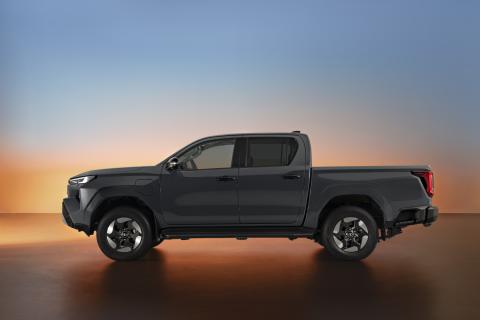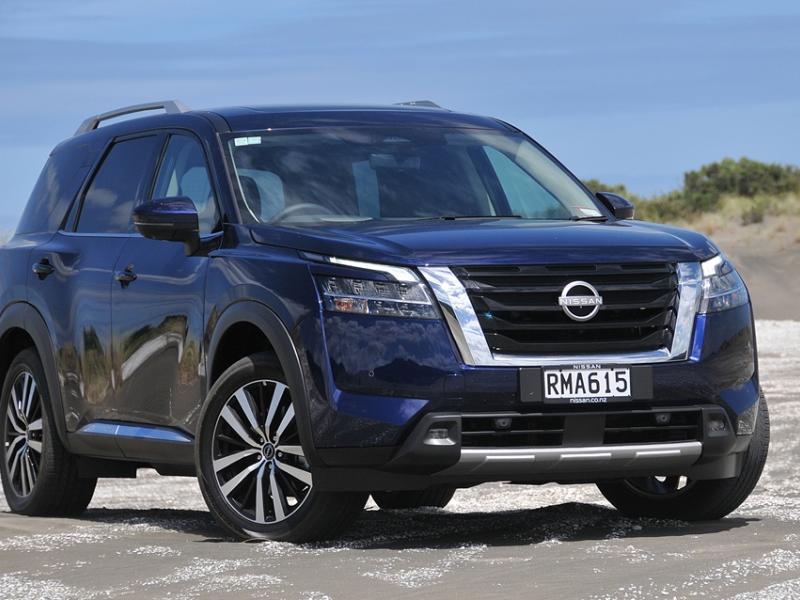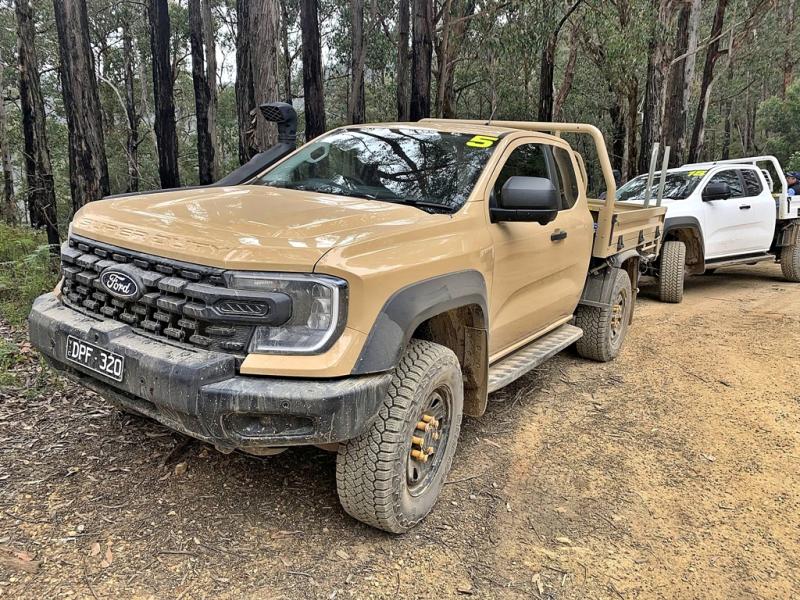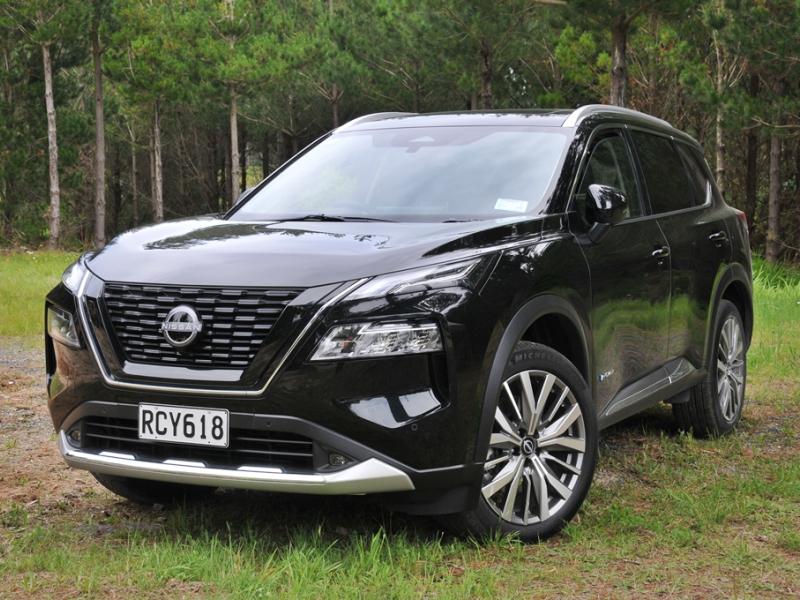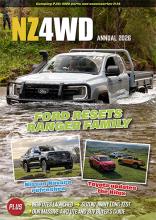Next year is looking like a big one for Toyota as it launches the ninth generation of its Hilux.
At launch, the Kiwi lineup will include SR, SR5 Limited and a new Adventure version. The new Hilux will be available with a choice of 12 diesel and hybrid-diesel variants in 2WD, 4WD, single cab, extra cab, and double cab with both the cab-chassis and wellside options. The diesel engines are the current 2.8-litre versions. Mild hybrid drivetrains are already driving dowmn emissions and across-the-range fuel consumption for Hilux. The economy figure was previously as high as 9.2l/100km, but the highest figure for this updated model is now 8.5l/100km.
The new model takes the popular ute into an era of electrified power, aligning with Toyota’s multipath philosophy to include the first battery electric model and a hydrogen fuel cell electric version, both with zero emissions.
Multipath recognises that different customer needs and local conditions cannot be addressed by a single solution, so the all-new Hilux gives customers a range of options to suit their needs and local driving conditions.
Toyota says Hilux’s new exterior styling was developed on a “Tough and Agile” theme, “creating a powerful look in a front end with new proportions generating a visibly strong stance”.
The frontal treatment includes slim new headlight units linked by a central bar which carries the TOYOTA name in classic style. For the BEV model, the aero treatment dispenses with the traditional grille.
New features for all versions include a new rear deck step for easy access and a redesigned side step.
Insider, the centre console has a new horizontal design, incorporating a 12.3-inch, customisable driver’s “combimeter” and central multimedia touchscreen (up to 12.3 inches).
The AWD and off-road controls are centrally grouped for ease of operation; the BEV model adopts a single-action shift-by-wire drive selector. There’s a wireless device charger and new USB ports in the rear of the cab.
This is the first Hilux to be equipped with electric power steering, offering more direct operation, easier manoeuvrability and less risk of kick-back when driving over uneven ground.
The new model will be available new and upgraded safety functions. The Toyota Safety Sense suite will now include low speed acceleration suppression, proactive driving assist and an emergency driving stop system. Other new functions include a blind spot monitor, safe exit assist and a driver monitor camera.
The battery electric version retains the fundamental strength of Hilux’s signature body-on-frame construction and is engineered for off-road performance, including specific measures to protect the battery from damage or water ingress. Wading depth is equal to the current ICE model.
The Hilux BEV further benefits from a Multi-Terrain Select system that adapts vehicle performance to suit different off-road terrains using brake and torque control, which Toyota says equates to driving in L4 range in a conventionally powered vehicle.
The powertrain features a 59.2 kWh lithium-ion battery and front and rear “eAxles” providing permanent all-wheel drive. The system generates 205Nm of torque at the front and 268.6Nm at the rear. Payload is expected to be around 715kg for the payload, and towing capacity1,600kg for the towing capacity with a driving range of approximately 240km. Toyota has targeted best-in-class charging capabilities that will minimise vehicle down-time.
Toyota expects the Hybrid 48V powertrain introduced in the current Hilux range will progress become the volume seller in the new generation.
The system comprises a 48V lithium-ion battery housed beneath the rear seats, an electric motor-generator and a DC-DC converter.
Payloads of up to one tonne can be carried and braked trailers up to 3,500kg can be towed.
The hybrid powertrain components have been designed for simple integration and to withstand harsh operating conditions. The motor-generator is positioned high up on the engine, so the vehicle retains its 700 mm wading capability. Off-road performance is further improved with the Multi-Terrain Select system. This can be engaged by the driver to adapt performance on different surfaces, with a Multi-Terrain Monitor available to help position the vehicle in challenging conditions. A panoramic view monitor is also available to support parking and precise on-road manoeuvres.
Toyota has also confirmed a hydrogen fuel cell system is scheduled to arrive in 2028.


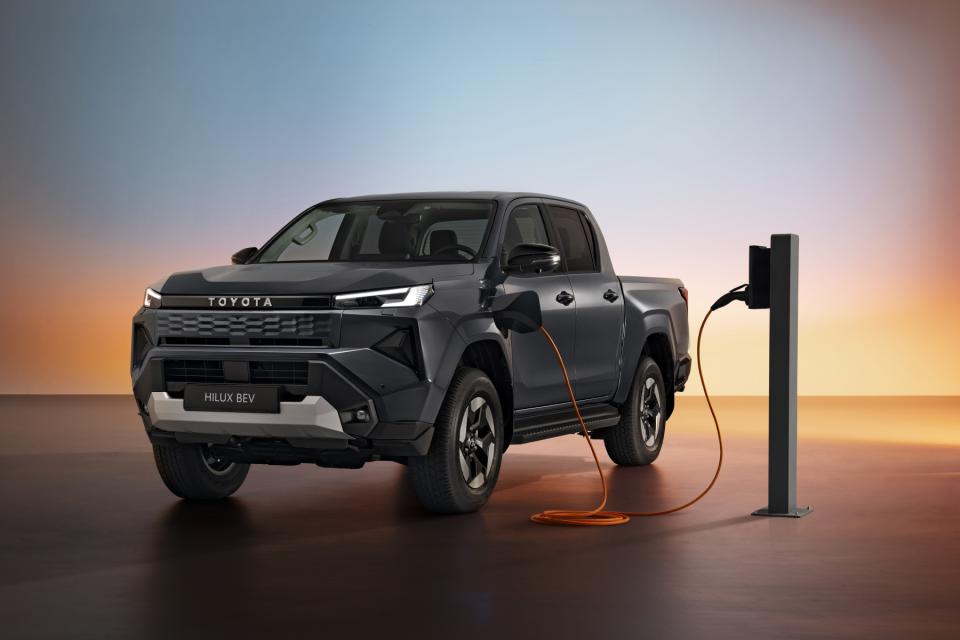
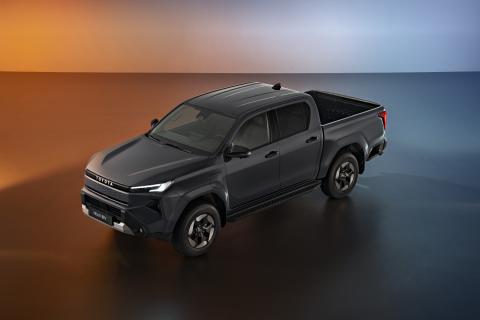
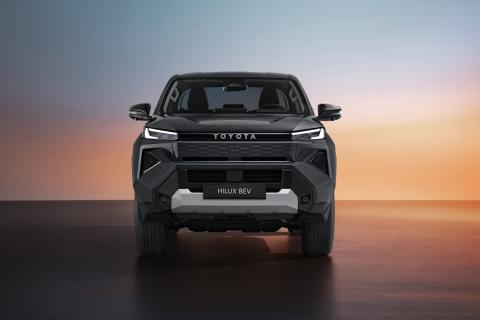 ,
, 